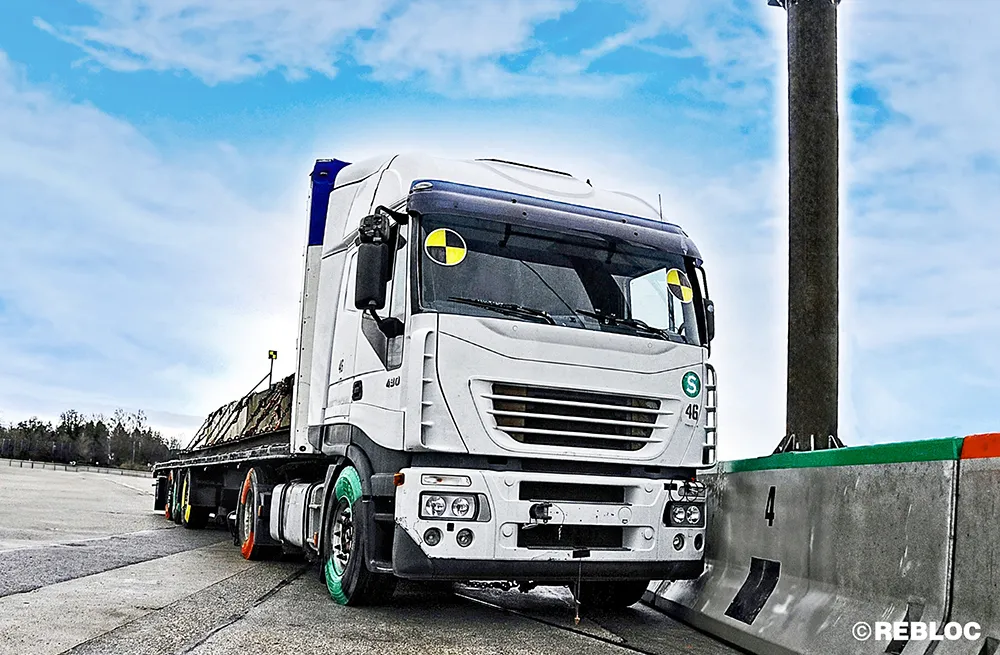Trinity Highway Systems has improved its CASS cable barrier technology to upgrade its vehicle redirective performance. The CASS system suits applications in highway median installations to prevent crossover crashes. A key feature is the post design with its novel wave-shaped slot, which the firm says combines with the cable position to maximise vehicle restraint performance. The CASS system meets the US NCHRP 350 TL-3 as well as European EN1317 requirements. Upgrades to the CASS system means it is compliant
March 26, 2014
Read time: 2 mins

A key feature is the post design with its novel wave-shaped slot, which the firm says combines with the cable position to maximise vehicle restraint performance. The CASS system meets the US NCHRP 350 TL-3 as well as European EN1317 requirements. Upgrades to the CASS system means it is compliant to the European EN1317-2, Class N2, H1, H2, L1 and L2 standards, while being CE marked to EN1317-5.
An important feature is that the widened cable spread offers optimum restraint capabilities for a wider range of vehicles. The three-cable, high tension system can be supplied pre-stretched or with standard cable options, while other options include NCHRP 350 Report 350 compliant Cable Terminal or non-350 Cable Anchor variants.
The cables are aligned within the body of the posts, which can be driven, placed in steel sleeves or placed in steel sleeves set in concrete footings. Spacings can be from 2-5m for the C-shaped cable posts, which measure 100mm x 50mm x 4mm. The system requires minimal maintenance as well as allowing for quick repairs after each impact. In addition, the 19mm diameter, pre-stretched and tensioned cables offer low maintenance needs.
www.trinityhighway.com









